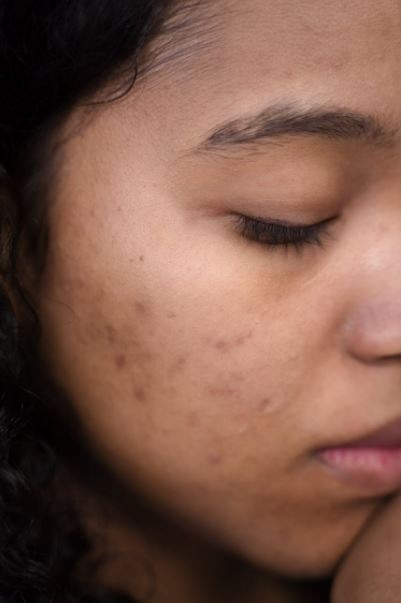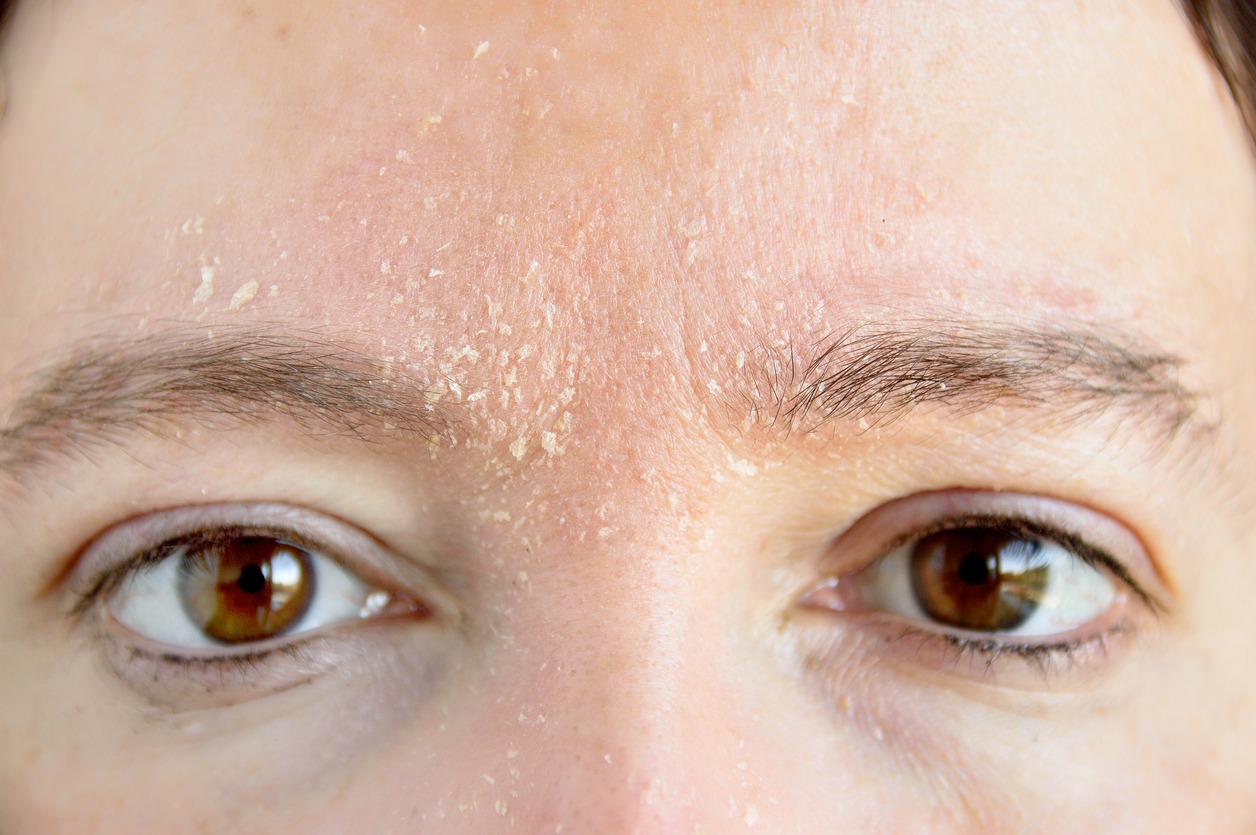A derma roller is a small handheld wheel with needles on it used in dermarolling, also recognized as microneedling, which has recently become a popular beauty trend. It may seem counterintuitive that injuring your skin will result in better skin, but that is the science behind microneedling. This gadget pricks the skin with a cluster of tiny needles to signal the body to produce more collagen.
While derma rollers have shown great promise for some skin issues, microneedling treatment has a few drawbacks. Before beginning treatment at home or at the doctor’s office, weighing them both is critical. What are the pros and cons of using a derma roller, and is it right for you?
Pros of Using a Derma Roller
It Is Effective on Scars
Many people who have acne scarring swear by the capacity of microneedling to make a real difference on their faces. A Journal of Cutaneous and Aesthetic Surgery published research in 2009 that followed 36 test subjects with different degrees of scarring through at least three microneedling treatments. Thirty-four of those patients saw a significant improvement in their scars’ appearance, with no long-term negative side effects; more than 80% rated the treatment as “excellent.”
Microneedling can also reduce burn scarring, fade stretch marks, and smooth out wrinkles. You can use derma rollers on any skin tone because the risk of pigmentation concerns after the procedure is minimal—depending on how deep the microneedling is. You can use derma rollers deeply or superficially.
It Is Reasonably Priced
A professional microneedling treatment can range between $500 and $1,200. The cost is determined by various factors, including the areas to be treated, your skin type, and the number of treatments required. Compared to the high cost of regular Botox injections, laser resurfacing, or a facelift, this isn’t so bad.
You can save much more money by performing this treatment with a derma roller at home. The needles in the at-home version are blunter and shorter than those in a medical office. Although at-home microneedling will yield limited results, it may be worth a try for affordability.
Home microneedling devices cost $20–$50 or more, whereas doctor’s office treatments typically cost $400 per session. Compared to the average price of laser skin resurfacing, which is $1,000 for non-ablative and $2,000 for ablative, the difference can quickly add up if multiple sessions are required.
Professional treatments may be more expensive out of pocket, but don’t let that deter you from seeking a professional’s advice. The cost of a professional microneedling involves a customized plan and the doctor’s expertise to help you achieve your skincare objectives. Given this, many people believe that the cost of a dermatologist-executed treatment is well worth the extra money.
Recovery Time Is Reduced
Recovery from a doctor’s office procedure can take as little as three days, depending on the microneedling treatment you receive. In contrast, recovery from laser-resurfacing can take up to a week or more.
It’s Non-Invasive
A derma roller does not require any injections, stitches, or surgery. It’s also almost painless. Deeper treatments that necessitate longer needles may be slightly uncomfortable at best. In such cases, the provider will apply a numbing cream to the patient’s skin to keep them comfortable.
Since microneedling is non-invasive, there is no need for a recovery period. Most people only need 20 to 40 minutes to receive their treatment and can immediately resume their normal activities. After healing, the skin can show increased collagen production for up to six months.
Cons of Using a Derma Roller
Scarring Is a Possibility
Microneedling is generally regarded as a low-risk procedure, but this is contingent on properly calibrating and using a home device. Bent needles and needles longer than half a millimeter draw infection and increase the risk of scarring. Longer needles are also more painful.
The redness from the treatment can last for a few days, and there is increased sensitivity to the sun afterward.
It Can Be a Time-consuming Process
It can take about six weeks for microneedling results to become noticeable. Furthermore, before they see the desired results, most people require two or more microneedling sessions, spaced 4 to 6 weeks apart.
Many people will require 4 to 5 treatment sessions. Keeping this in mind, it may take several months before the full benefits of derma rolling become apparent.
Other treatments, such as laser resurfacing and chemical peels, may produce more visible or quicker results. Of course, each has its own set of advantages and disadvantages.
You Do Not See Immediate Results
Even if done consistently and correctly, the results will not be visible until the new collagen has had time to grow, which typically takes about six weeks. The recovery period for treating burn scars can also be lengthy. After starting treatment, it might take up to a year to see any results.
It Has Some Negative Side Effects
In most cases, using a derma roller is both safe and effective. Some redness, swelling, or sensitivity is normal after treatment and should disappear within a few days. Light bleeding is also normal during the procedure.
However, there are some risks associated with microneedling. Some individuals may suffer one or more of the symptoms listed in rare cases:
- Scarring
- Redness, swelling for an extended time, or discomfort
- Infection
- Skin flaking
These side effects are rare and should only last a short time if they occur. The best way to reduce side effects is to avoid sunlight, stay hydrated, and follow any other aftercare instructions.
What Effect Will Derma Rollers Have on My Skin?
Dermarolling can benefit most skin types, but inflamed or active acne-prone skin should not be micro needled or derma rolled. In terms of needle size, less is more in dermarolling.
Experts recommend going no higher than .25mm for use at home—anything higher is simply tearing at the skin. Excessive dermarolling on openly wounded or acne-prone skin can spread bacteria throughout your entire face.
How Frequently Should You Derma Roll?
You can use derma rollers every few days at first. If your skin tolerates the treatment well, increase the frequency to every other day, then every day. The at-home devices are not the same as professional treatments, which require several days of downtime.
How to Handle Aftercare
To properly address your skin’s needs, combine gentle but suitable topical products with the microneedling procedure. Do you wish to get rid of hyperpigmentation? Experts recommend applying a vitamin C serum to the skin following the treatment.
Is your skin rough, or do you have fine lines? To plump the skin, you could try a hyaluronic acid serum.




